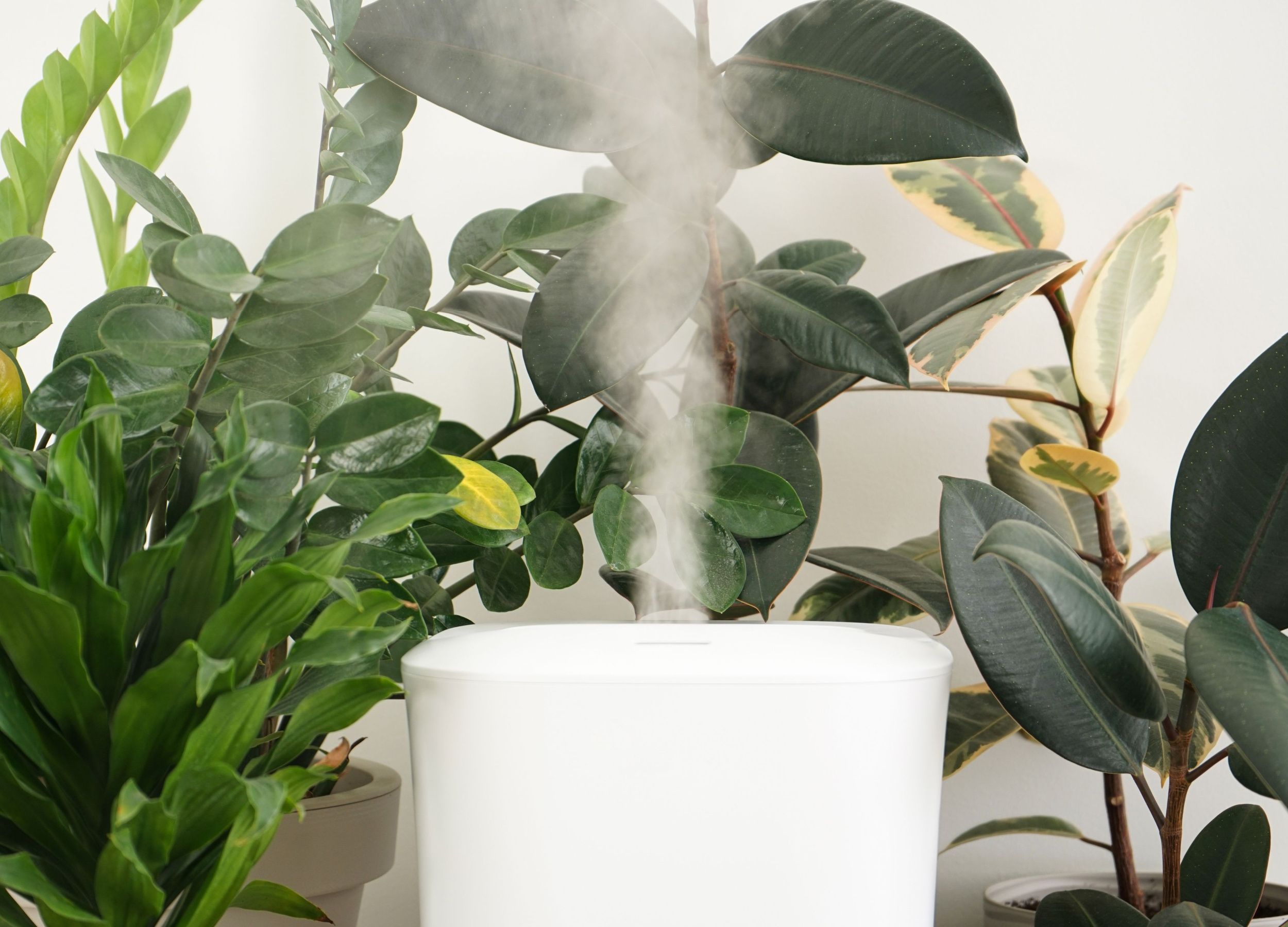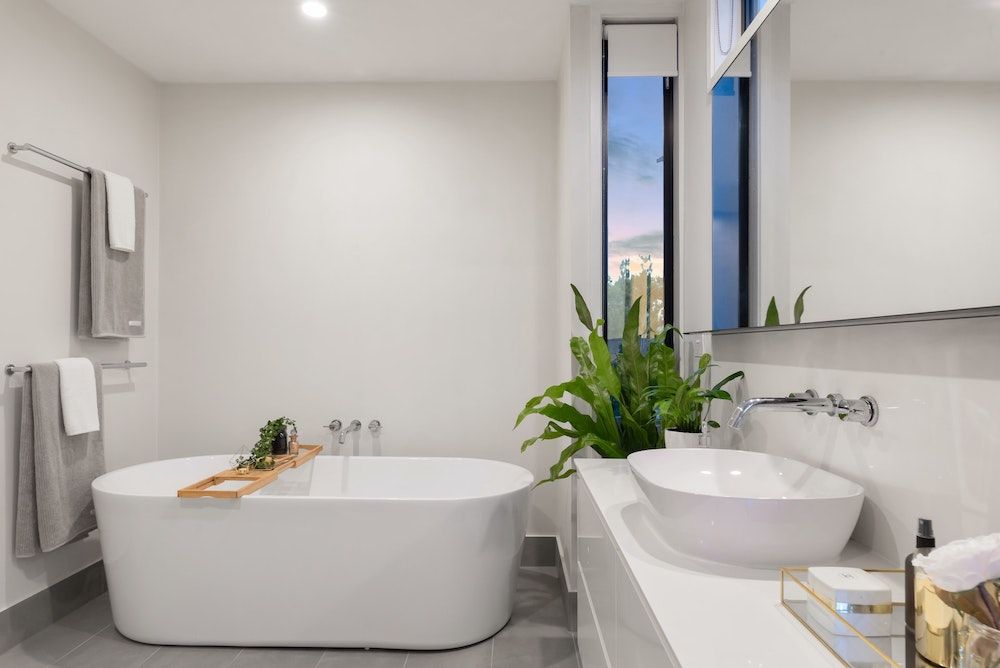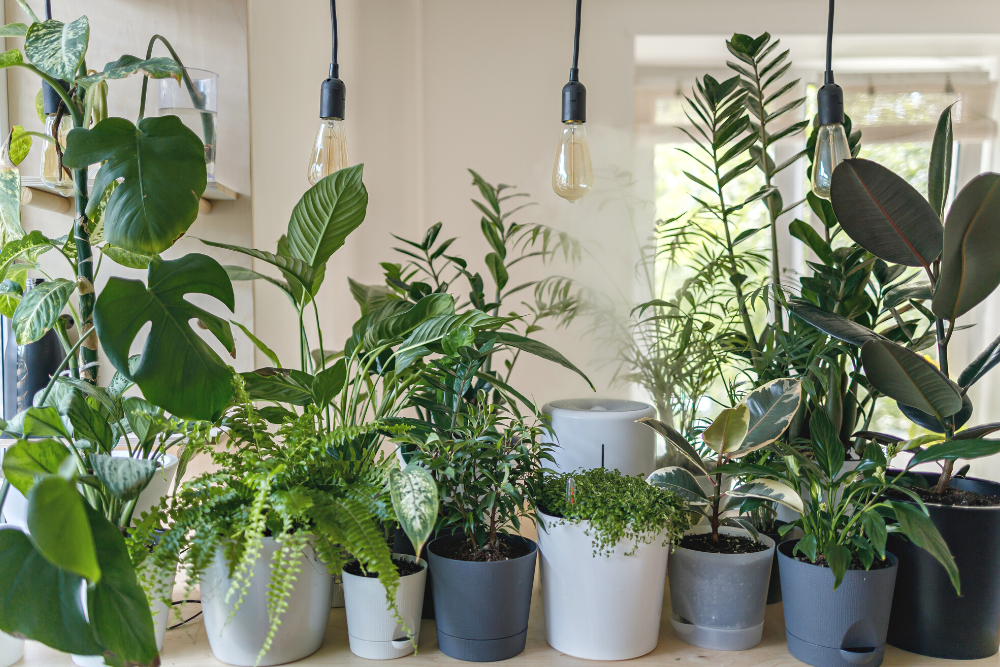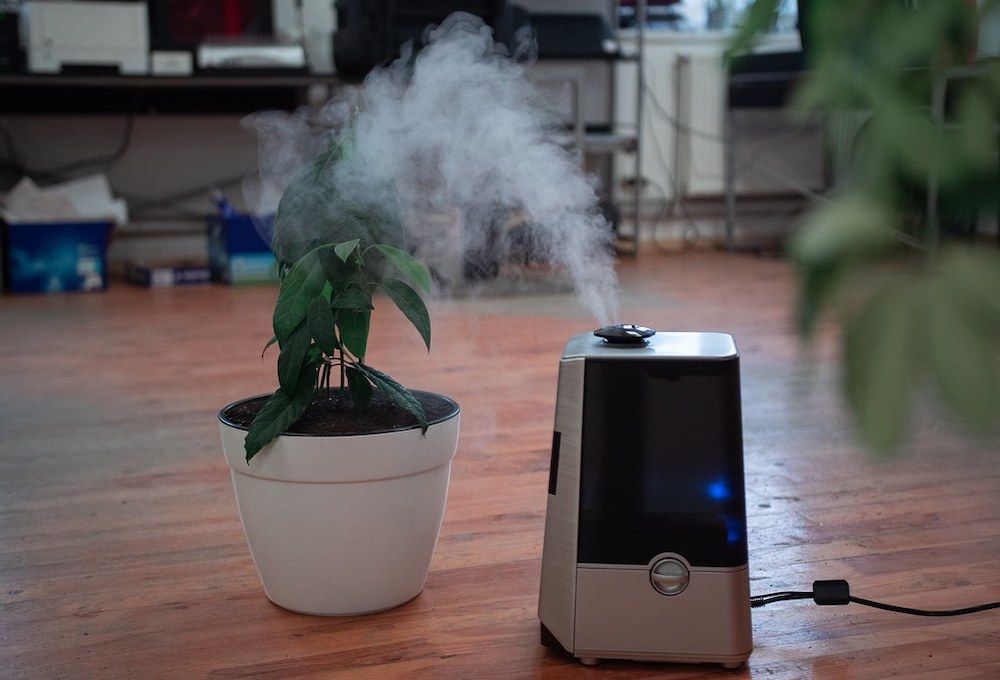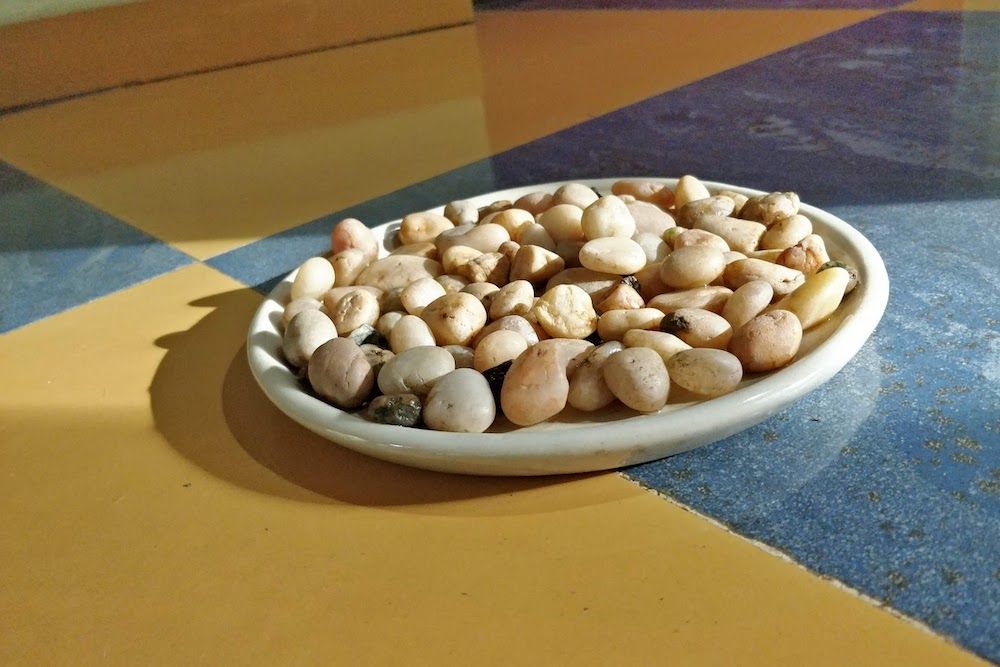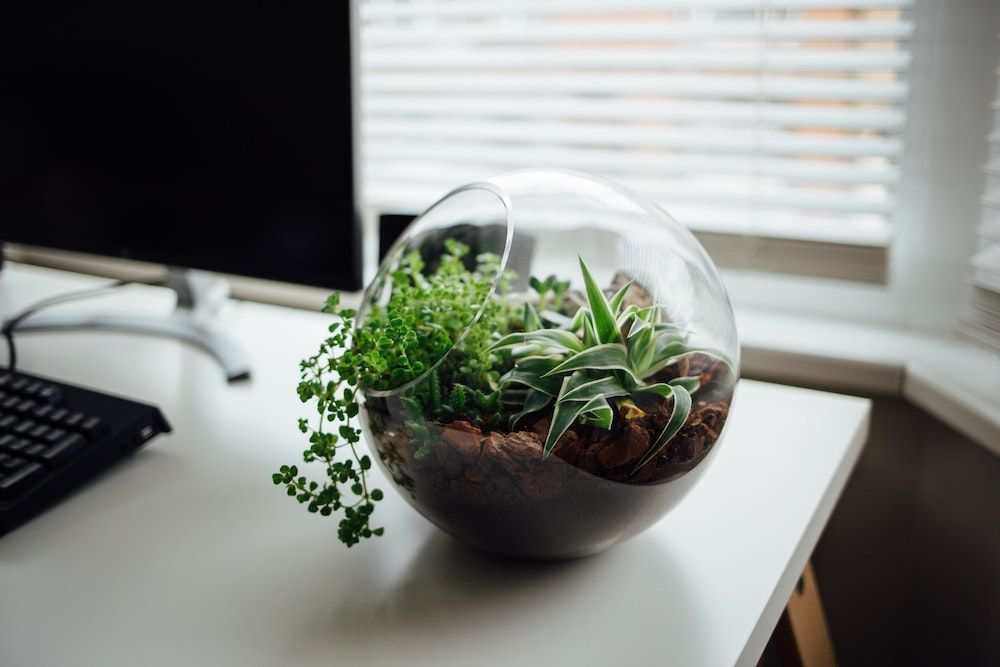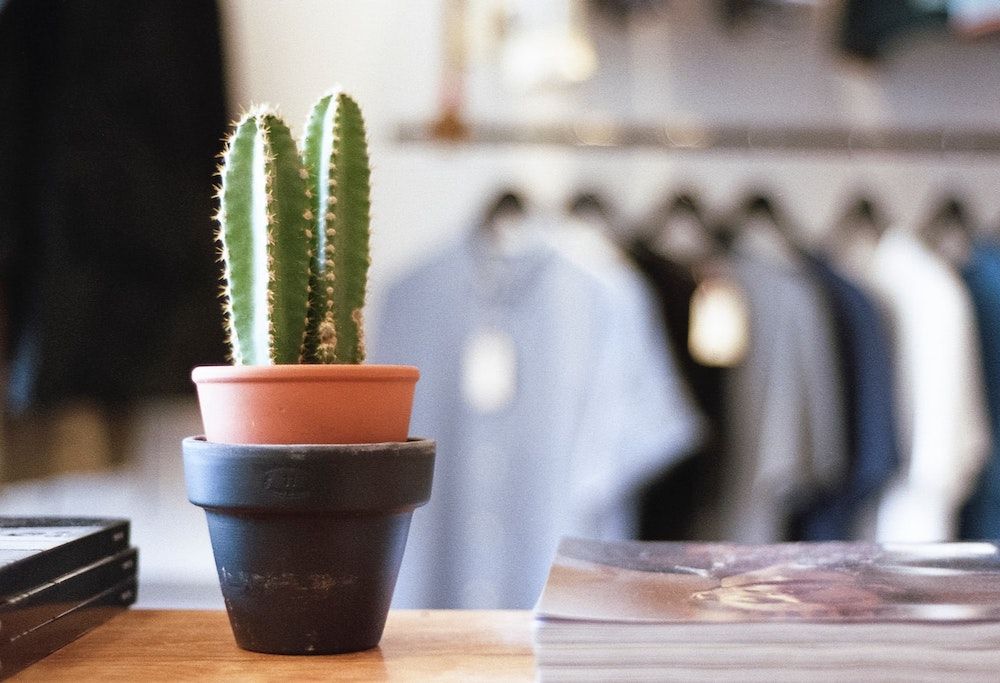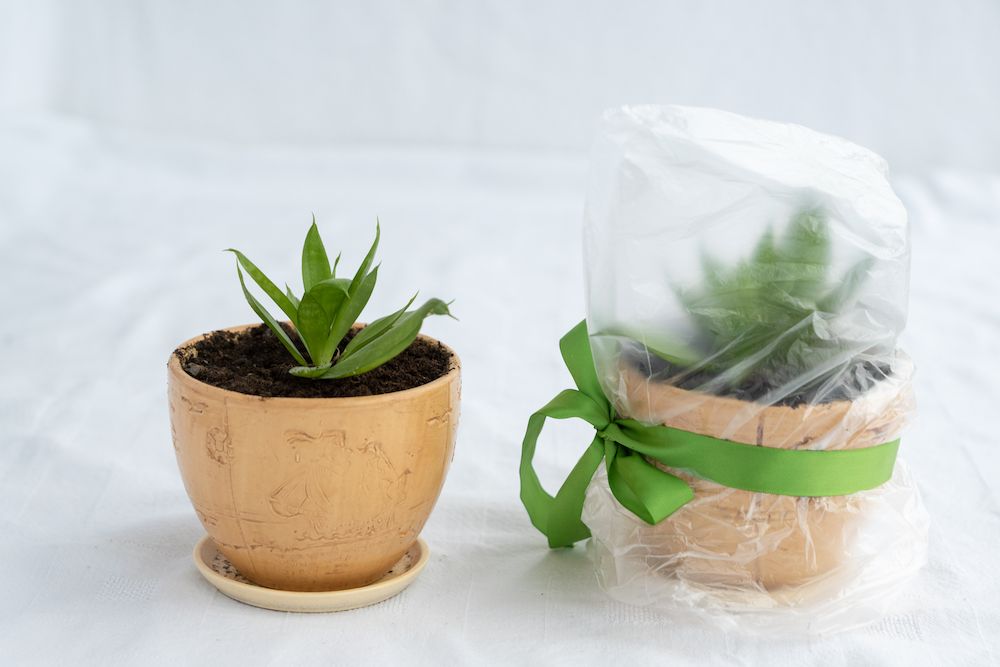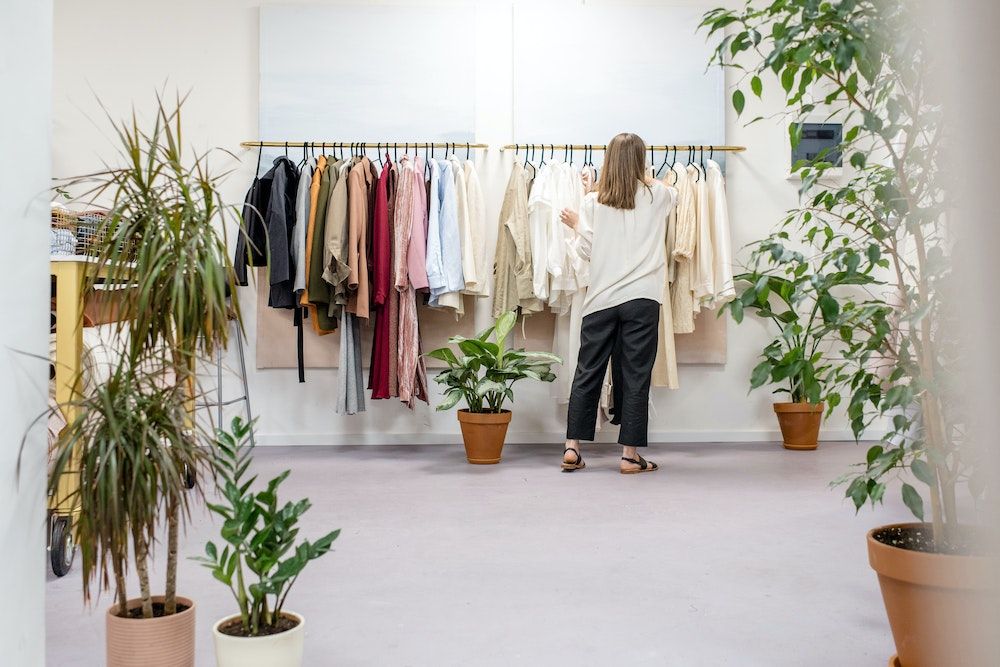Humidity is an important and sensitive environmental factor for houseplants that can be difficult to control. This is because the changes in air temperatures alter humidity levels. Plants constantly transpire through the open pores of your plant's leaves, adding water vapor into the air.
When it's incredibly humid your plant's water consumption will be extremely slow even if its pores are open, thus lowering nutrient uptake. When the humidity is low, your plant will close its pores to reduce water loss and wilting. Unfortunately, this hinders photosynthesis, which in turn slows plant development.
Learn how to increase humidity for your houseplants and the best practices to keep in mind when caring for your plants.
8 Ways To Increase Humidity For Your Houseplants
Many houseplants prefer a relative humidity of around 40 to 50 percent, but during colder months, many homes have a humidity level of 10 to 20 percent. Here are some practical ways to increase relative humidity for optimal plant growth.
1. Make Bathroom Buddies With Your Plants
Image credits: Steven Ungermann via Unsplash
Bathrooms are often fantastic locations for houseplants and plants that require ideal humidity levels to thrive. The humidity level in the bathroom is exceptionally high, and you can lower it by opening the bathroom window or switching on the extractor fan.
Apart from humidity, your plants stay clean, and the soil remains moist in the bathroom because when someone uses the bathroom, they occasionally splash water that's bound to reach your plants. Your bathroom's moisture will evaporate slowly, giving your plants ample time to bask in the glory of prolonged humidity levels.
Pro-Tip: Keep the size of your bathroom in mind because you wouldn't want to crowd it with plants that could potentially invite pests and insects.
2. Group Your Plants
Image credit: vadim kaipov via Unsplash
Plants transpire, so when you group them, the overall transpiration is higher, increasing humidity levels naturally. Group plants together if you have enough space or a designated room, so they blend with your home's overall look and feel.
Remember, you will achieve high humidity levels only when they're placed together as a group, not if they're placed differently in the same room. One of the most common houseplant mistakes is not knowing where to place your plants. Don't place them too close to heating vents or windows in the winter.
Pro tip: If you or someone you know suffers from asthma, allergies, dry skin, or respiratory illnesses, high humidity can worsen things. High humidity levels can also damage your home's structure and furnishings. Weigh your options before attempting to increase humidity levels!
3. Use a Humidifier
Image Credit: HomeGets via Creative Commons
Investing in an electric humidifier is the easiest and most convenient way to raise the humidity level for your houseplants. All you have to do is turn on the humidifier and let it take care of your plant's humidity requirements.
That said, humidifiers can consume a significant amount of energy over a longer period of time so consider combining this method with a non-electrical option to keep your energy bills low.
4. Use Pebble Trays
Image Credit: Lakeisha Ethans for Backyard Boss
If you live in hotter and dry climates, placing your pot on a pebble tray is a simple way to increase humidity. The pebbles will help maintain space between the base of your pot and the plate, so your plant's roots don't experience wet feet. Ensure the container is at least an inch deep to prevent the water from evaporating too quickly.
To make this work, pick your 1-inch deep plate or tray, fill it with equal-sized pebbles, and just enough water to reach the base of the pebbles. Now place your houseplant pot on the tray, and observe:
- If the water in the tray is touching the base of your pot, reduce it, as it shouldn't touch the bottom of your pot. Direct water contact will cause root rot.
- If the base of your pot is very close to the top of your plate, add bigger pebbles because there should be some space between your pot and tray.
The pebble tray will have little to no effect on the humidity level throughout the rest of your house; however, it will increase humidity around your plant. The biggest drawback of pebble trays is that you'll always find a puddle of standing water surrounding your houseplant.
Standing water can make your plants more susceptible to bacterial or fungal illness, and it might also occasionally draw pests. To prevent this, clean and refill the tray whenever the water level reduces.
5. Design a Terrarium
Image credits: Nielsen Ramon via Unsplash
Terrariums have gained much popularity in recent years, and for a good reason. These fascinating glass enclosures can be left open or closed and offer mild to extremely high humidity levels within their individual micro-climates.
Although not all houseplants thrive in terrariums, some low-maintenance plants will appreciate the moderate to high humidity levels because the air inside the terrarium will almost be completely saturated with water vapor.
6. The Two-Pot Method
Image credits: Clark Street Mercantile via Unsplash
The two-pot method is a subtle way to raise humidity levels for a single houseplant without sacrificing the plant's appearance or placement. Take a pot one or two sizes bigger than your houseplant's current pot. Place your houseplant pot inside the bigger pot.
Fill the gaps between the two pots with pre-moistened sphagnum peat moss. Over a few days, as the moss dries out, it will release water vapor into the air around your plants.
Don't let water accumulate at the base of the outer pot because this could cause root rot. Ensure your inner and outer pots have drainage holes to avoid water accumulation. Spray the moss with water when it dries out.
7. Compostable Plastic Coverings
Image credits: Anna Sadovskaia via Shutterstock
When you cover your houseplants with compostable plastic bags or bottles, you help protect them from diseases, pests, and frost. You also help create a humid environment for them. To do this, place a couple of sturdy wooden stakes (larger than your houseplant) around your plant. Then place a large, transparent, and compostable plastic bag over your plant.
The wooden stakes will ensure the bag will stay in place and not suffocate your plant. Ensure you use clear compostable bags so you can see extra condensation collecting on the inside of the bag. When you notice condensation, remove the bag, hang it dry, and let your plant receive some oxygen.
Note: In colder temperatures, you can cover your plant to create a temporary greenhouse effect, but in warmer temperatures, if you cover your plant with plastic bags or bottles, move them away from direct sunlight. The temperatures inside the plastic bag will increase dramatically if your plant is under direct sunlight, which can cause it to wilt, dry, and die.
Pro tip: Try to use compostable plastic bags instead of degradable and biodegradable ones. This is because compostable bags are made from plant starch and don't produce toxic chemicals.
8. Dry Your Clothes in the Same Room as Your Houseplants
Image credits: Ksenia Chernaya Mercantile via Pexels
Wet laundry can help create humid conditions for your houseplants. All you need to do is set up a drying rack near your plants or move them to where you dry your clothes. Wet clothes release moisture into the air; if your windows are semi-open, they'll increase your room's humidity levels.
Note: Drying clothes indoors and increasing humidity is great for plants, but it can damage your room's wall, flooring, and furnishings and create a favorable environment for dust mites, mold, and allergens.
Filled With Humidity
Generally, humidity is essential for houseplants because it keeps their pores open for photosynthesis. Photosynthesis won't happen if your plant's pores are completely closed; without photosynthesis, your plant won't grow. Although some plants survive moderate to low humidity levels, others prefer high humidity to thrive.
Leave your experiences, thoughts, and questions in the comment section, and as always, please share!
Happy Gardening!

